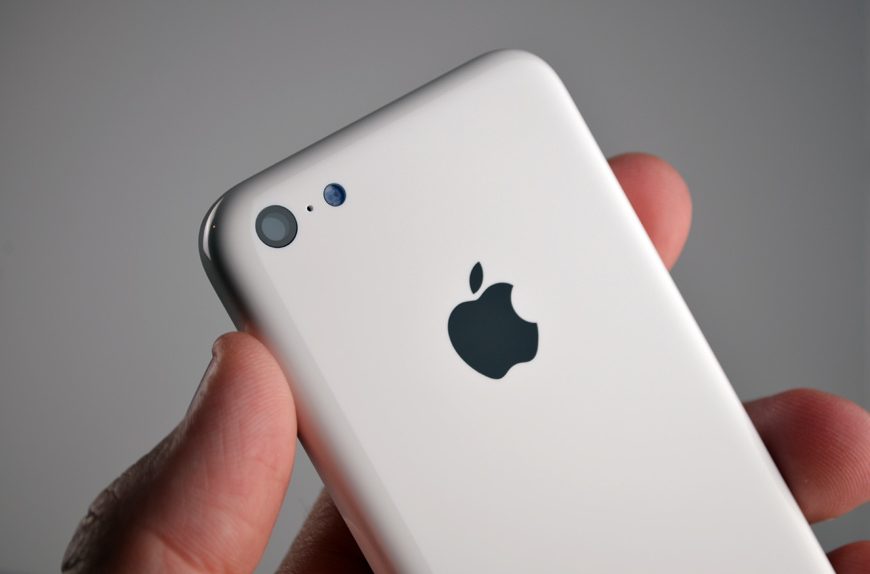Apple doesn’t typically concern itself with smartphone market share numbers simply because the smartphones that it has sold have been extremely profitable. Combine this with the fact that iPhone users on average use their devices more and buy more apps than Android users and you can see a strong argument why the total number of users matters less than the type of users a platform has. All the same, there does come a tipping point at which market share does matter and the recent IDC numbers showing that Android accounted for 79% of all smartphones shipped in the second quarter may be what drives Apple to put its foot down.
Benedict Evans has a smart take on Apple’s thinking with the budget iPhone, a.k.a., the iPhone 5C, that the company is releasing this fall. While some analysts have said that Apple risks severe brand dilution and margin erosion with the cheaper device, Evans doesn’t think Apple has much of a choice: It needs to counter Android’s growing dominance in important emerging markets. In particular, Evans says that if Android keeps closing the gap with iOS in terms of app store revenue generated and if it keeps expanding its market share lead over Apple, then it could lead developers to think of Android as the go-to platform for developing apps.
“If total Android engagement moves decisively above iOS, the fact that iOS will remain big will be beside the point — it will move from first to first-equal and then perhaps second place on the roadmap,” he writes. “And given the sales trajectories, that could start to happen in 2014. If you have 5-6x the users and a quarter of the engagement, you’re still a more attractive market. This is a major strategic threat for Apple. A key selling point for the iPhone (though not the only one) is that the best apps are on iPhone and are on iPhone first.”
This is where the iPhone 5C comes in: Apple is betting that a lower-cost iPhone will be attractive to enough consumers in emerging markets to help it claw back some of the market share it’s lost to Android in countries such as China and India. That way, it can still argue to developers that it more than makes up for its smaller overall market share with the quality of its users. It’s obviously a very tough line to walk but Apple has no choice but to try.
“The financial value of a cheaper iPhone cannot be considered in isolation,” Evans concludes. “A large part of its purpose is to defend sales of the high-end model.”






